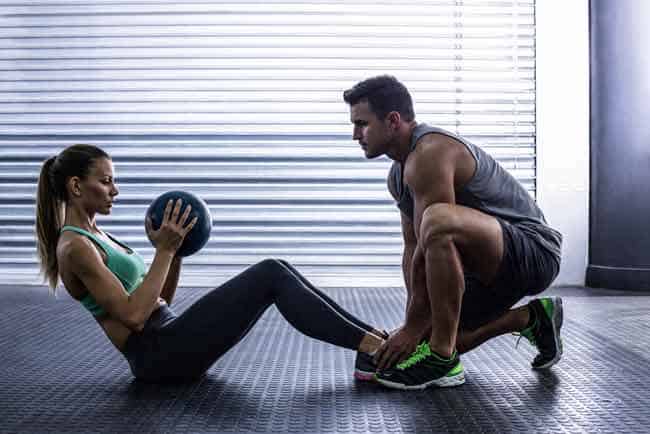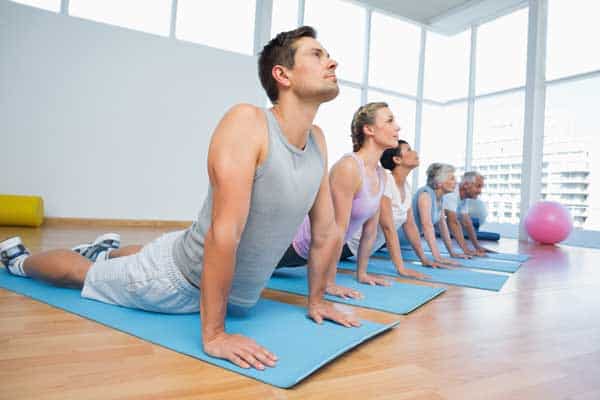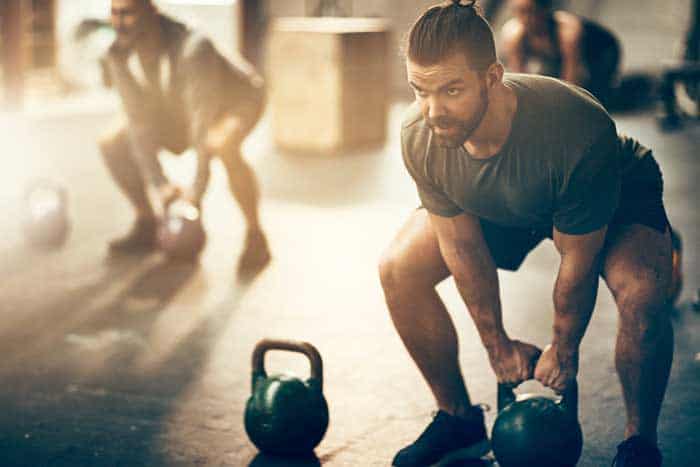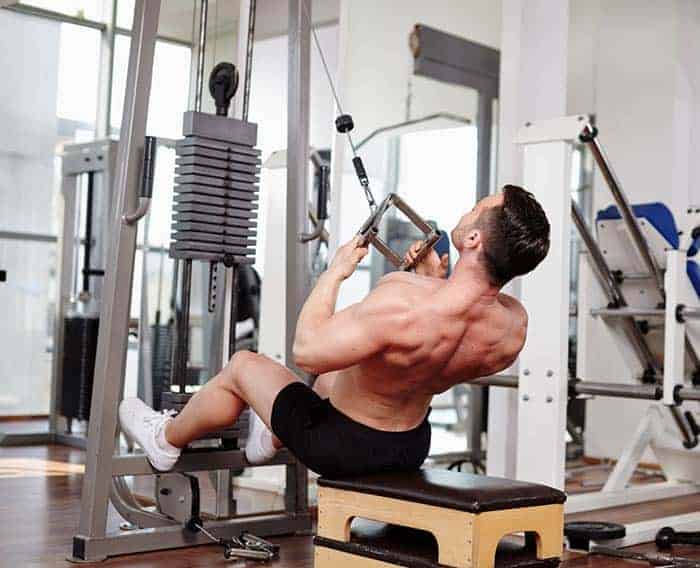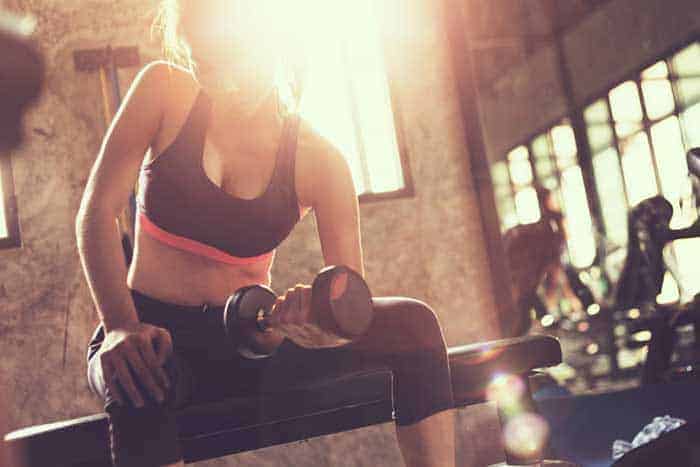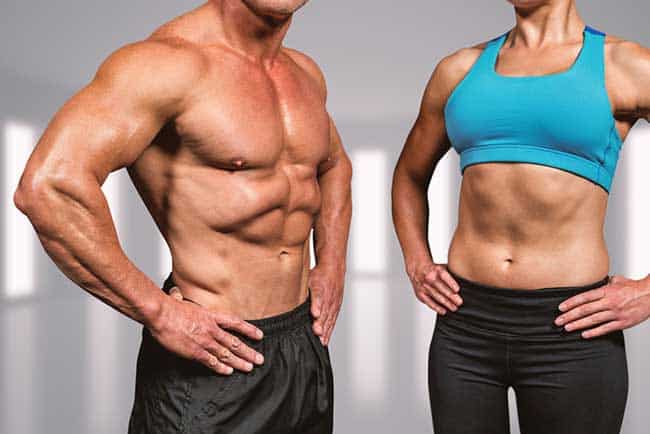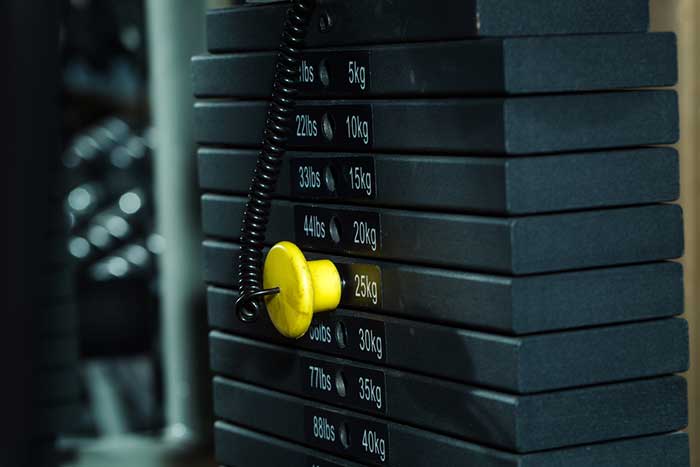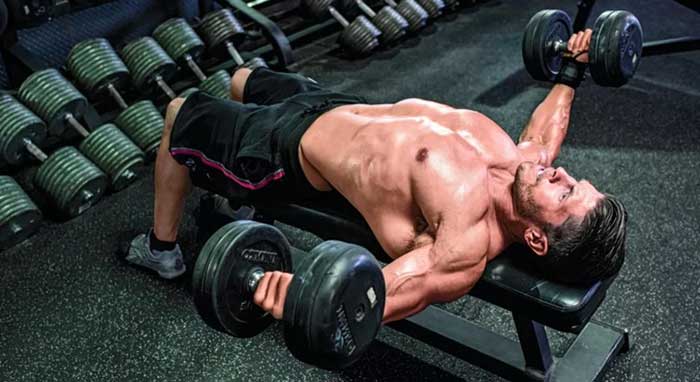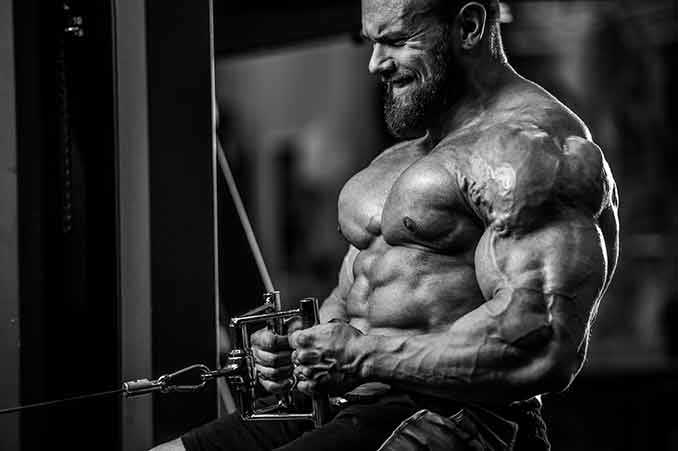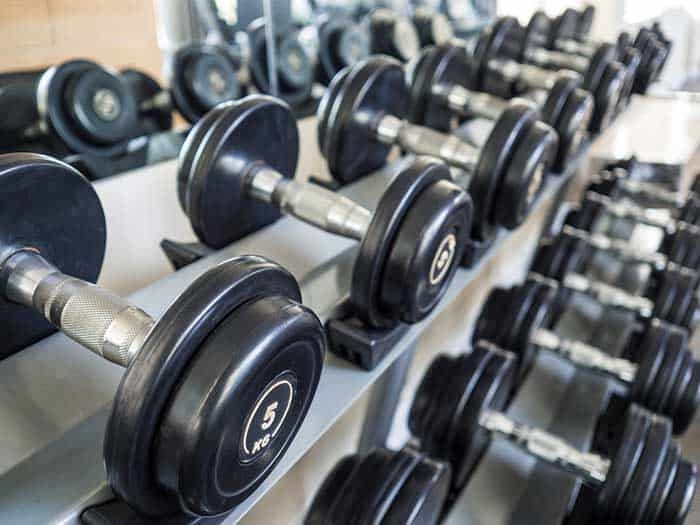Men and women who workout – either bodybuilders or anyone wanting to improve their physique will need to first “bulk up” – build more muscle mass. The next phase is the “cut” where excess body fat is shredded or burned. This article explains bulking and cutting for quick results, how to bulk and cut.

Bulking and Cutting Summary: here is the quick route to packing on muscle and stripping fat so that the lean muscle mass shows through.
BULKING CYCLES: Using legal steroids can give a very quick abundance of muscle mass if combined with a specialist diet. Arguably the most effective of the legal steroids is D-Bal a potent muscle gaining supplement
CUTTING CYCLES: the current trend is to use SARMs (selective androgen receptor modulators). Some of the highly effective ones are.
- Ostabulk – Cuts body fat and preserves lean muscle mass
- Andalean – Rapid fat loss, lean muscle and energy
- Cardalean – fat burning, muscle protection and endurance
- CUTSR9 – Strong fat burner, strength, stamina and recovery times
Combining these into a cutting stack is uber effective.
Bulking and Cutting For Men and Women – Building Muscle and Losing Body Fat
How to Bulk and Cut!
Some people lift weights to get stronger. Possibly to compete in strength sports, such as powerlifting.
Other people lift weights through a burning desire to attain a muscular-looking physique and, of course, many people want both.
Wanting to be “big” and strong is not a difficult goal because the two go hand in hand. However, many strength athletes are not unduly concerned if they are carrying around some excess fat with their muscles.
Bodybuilders are more interested in the way they look. They don’t want any extra fat and tend to be very focused on their body goals.
Although some newbie bodybuilders just wing it and hope for the best, the majority follow a structured plan. This usually involves a combination of bulking and cutting cycles.
During bulking cycles, they focus on making muscle and strength gains. Due to the high calorie intake bulking requires, there will generally be some fat gain as well. However, this is a necessary evil that can be tackled during the cutting phase. That’s what cutting cycles are for.
During cutting cycles, or shredding cycles as they are sometimes called, bodybuilders modify their diet and training regimens to encourage fat burning.
Unfortunately, it’s normal to lose a little muscle mass along with the fat but, when you tailor your diet and training correctly, it’s possible to limit muscle loss. There are also supplements that can help. It does not have to be a case of two steps forward followed by two steps back.
What is the best way to bulk up and then cut the fat?
An Introduction to Bulking and Cutting Cycles
Arnold Schwarzenegger once compared bodybuilders to sculptors, claiming bodybuilders have a harder time because they have to sculpt their bodies instead of clay.
Although many sculptors may argue otherwise, it’s a good comparison. Arnold pointed out the way bodybuilders may look in the mirror and decide they need larger deltoids. Then, instead of slapping on some more clay, they place extra emphasis on deltoid exercises.
If we stay with this idea for a moment, bulking could be compared with slapping on the clay. Cutting is more akin to the smoothing and shaping of the clay to improve the definition and muscle tone.
You get the size increase during bulking and refine the shape during cutting by removing the excess fat.
Is cutting the bulking the most effective way to make muscle gains?
Bulking or Cutting: Which Comes First?
In the majority of cases, bulking comes first and cutting follows. If you don’t have a lot of body fat, that’s a great way to go.
However, if you are very overweight and have a high body mass index (BMI) you may also have reasonably well-developed muscles underneath all that extra padding. Many overweight people do because their muscles have to develop to carry around all the excess weight.
Going back to the idea of sculpting, if you already have a decent amount of muscle mass and a high body fat percentage, there are strong arguments for starting with a cutting cycle.
Bulking cycles require a high calorie intake to make the muscles grow. That will lead to further fat gain and, when the muscles grow beneath the fat, you will get bigger but your appearance is unlikely to improve.
Bigger is not always better. In a situation like this, losing the fat to uncover the muscle beneath is the quickest route to sculpting your ideal physique.
How long should I bulk up for before I cut fat?
How Long Should the Bulking and Cutting Cycles Be?
When it comes to the ideal cycle length, there are no hard and fast rules. It largely depends on your where you are at in relation to your body goals.
For instance, a bodybuilding newbie who is beginning with a high BMI may want to devote extra time to cutting. Someone who has unusually favorable genetics and is already pretty lean may be able to devote extra time to bulking.
However, 4-6 weeks per cycle is generally about right for many people.
Longer bulking and cutting cycles can be more effective but also present difficulties.
Bulking cycles of 3-4 months or longer can deliver phenomenal gains. The problem is, no matter how well you have calculated your macronutrients (macros), there could still be fat gain as well.
Gaining too much fat during bulking will make the cutting phase that follow extra challenging.
If you are doing an appropriate amount of heavy lifting during your bulking cycles, a lot of the extra calories will go straight to the muscles- Nevertheless long bulking cycles will nearly always increase the level of fat gain as well.
The most effective cutting cycles are generally shorter than effective bulking cycles. A cutting period of 8-12 often delivers the best results
For optimum benefits, cutting phases require workouts that involve lower weights and higher reps. This will help tone the muscles while burning extra calories.
Placing extra emphasis on cardio work will also increase calorie expenditure and fat loss.
What should I eat to bulk up and put on muscle?
Best Bulking Diets for Gaining Muscles
There are three main bulking strategies:
- Dirty bulking
- Clean bulking
- Lean bulking
Dirty Bulking Cycle
Of the three bulking options, this is the one to avoid. Lots of people do it, but it’s not a healthy way to go. Dirty bulkers will be gaining fat while eating junk food.
Dirty bulkers accept that they will gain fat during bulking and take a devil may care attitude about their diets. They consume more calories than their body needs to gain weight (bulk). No foods are off-limits. The more calories the better.
Although dirty bulking can be effective for hard gainers, it can be very challenging.
Dirty bulking diets often provide 4000-8000 calories per day. People who are new to dirty bulking can find it hard to consume enough food and may have to consume shakes to reach their calorie targets.
Needless to say, this type of diet presents health risks including high cholesterol, hypertension, arterial plaque, and diabetes.
After you have been eating like a pig for a full cycle, it can be very hard to commit to a low-calorie diet during cutting. People do it, but don’t kid yourself it is easy.
Clean Bulking Cycle
As the name suggests, clean bulking relies on a clean diet. The focus is on high-quality proteins along with a good mix of carbohydrates and healthy fats. Processed foods are not allowed.
Good clean bulking diets provide roughly 10% more calories than your body needs. That’s enough to “feed” reasonable muscle gains with minimal fat gains.
Dirty bulking will make your muscles grow faster than clean bulking does but all that extra fat will leave you with a tougher clean-up job during cutting.
Lean Bulking Cycle
Lean bulking sits somewhere in the middle ground between dirty bulking and clean bulking.
You still focus on lean proteins but have more leeway than clean bulking allows. A good lean bulking diet may be around 300-calorie more than your body requires but won’t leave you with as much excess fat as a dirty bulking diet will. It’s also a lot healthier.
Building muscle this way also means avoiding junk food and reducing fat intake.
Ideal Bulking Macros
Presuming you are not going to dirty bulk, your diet should provide plenty of lean proteins, whole-grain carbohydrates, and healthy fats. You will also need sufficient vitamins and minerals to further support muscle development. This is to maintain muscle mass and lose fat.
Go for options such as lean chicken breast, poached fish, dark leafy greens, and complex carbs such as bran and brown rice.
Needless to say, junk food is out and you should not allow yourself any cheat days.
The macros for a good bulking diet may look something like this:
- 1 gram protein per pound of body weight
- 0.25 grams fat per pound of body weight
The rest of your daily calorie requirement should come from carbs.
Carbs provide four calories per gram. So does protein but fat is nine calories per gram.
Let’s look at an example to see how this all pans out.
If your current weight is 180 pounds, you would need to aim for 180 grams of protein. Protein is four calories per gram, so that would provide 720 calories.
You would also need to aim for 45 grams of fat. At nine calories per gram, that would give you a further 405 calories.
Collectively, protein and fat would provide 1125 calories per day.
If your energy target is 2500 calories per day, that would mean you require an extra 1375 calories from carbs.
Here’s a link to a free calorie calculator that can help you to work out how many calories your body needs: https://www.calculator.net/calorie-calculator.html
Bulking Exercises for Gaining Muscle
Although your exercise choice for bulking is not likely to differ from your choice for cutting, the reps and weight will.
You will be placing focus on heavier weights and lower reps.
Here are a few example bulking exercises for more muscle:
- Deadlift: 5 reps x 3 sets
- Bent-over barbell rows: 8 reps x 3 sets
- Hammer curls: 12 reps x 3 sets
- Pull-ups: 6 reps x 3 sets
Ideal Cutting Macros for Losing Fat
Your macro intake during cutting cycles shouldn’t be all that different from your macro intake during bulking. The focus still needs to be on lean proteins, healthy fats, carbohydrates, and adequate vitamins and minerals.
However, although the macros will be similar, your calorie intake will need to be less. The reduction in calories should ideally be from a reduction in carbs and fat.
To force your body to burn fat, you will need to ensure your body gets fewer calories than it requires. So eat fewer calories!
In order to burn two pounds of fat per week, you will need to create an energy deficit of 1000 calories per day.
As you become leaner, it’s a good idea to decrease the calorie deficit. Doing so will help prevent muscle loss. There are also supplements that can help with this.
Don’t be tempted to scrimp on protein during cutting. It works for you in more ways than you may think.
In addition to providing your muscle growth with the amino acids necessary for growth and repair, protein is also harder to digest.
To put it another way, protein has a greater thermic effect than carbs or fat. That means your body has to use more energy to digest it.
Fat, on the other hand, more or less slides straight though. So, in addition to providing more than twice as many calories as protein, fat takes very little energy to digest. Not a great situation.
Cutting Exercises – to Lose Fat and Gain Muscle Mass
As we already mentioned, your exercise choice during cutting will be similar to your routine during bulking.
Losing body fat percentage and while maintaining muscle mass is crucial. It is not weight loss but losing excess body fat.
However, you will be using moderate weights and doing higher reps. This will help you to burn calorie surplus and also allow you to retain as much lean muscle mass as possible. Again, if you are using a good cutting supplement, it will take a lot of the pressure off.
Adding extra cardio to your workouts is another good way to increase fat burning during cutting. HIIT workouts can be very beneficial.
Here are a few example exercises to lose body fat percentage:
- Squats: 12 reps x 2 sets
- Incline press: 12 reps x 2sets
- Dumbbell curls: 12 reps x 2 sets
- Calf raises: 12 reps x 2 sets
Other Cutting Cycle Exercises to Cut Excess Fat Gain
There’s more to cutting than diet, training and fat loss. Both help create the calorie shortage that’s necessary for fat burning. However, you will still burn caloric surplus through non-exercise activity thermogenesis (NEAT) than you will while training.
NEAT encompasses all the calories you expend in ways you probably don’t give much thought to. Walking from the sofa to the restroom, standing for extended periods of time, loading the washing machine – all these tasks add to your NEAT energy expenditure.
NEAT accounts for around 70% of your daily calorie expenditure. And that’s without even thinking about it.
Increasing NEAT calorie expenditure is an excellent way to lose extra fat during your cutting cycles.
Good ways to increase NEAT include taking the stairs instead of the elevator or walking to work instead of taking the car or using a bus. Adding an evening stroll to your daily routine is another good way to increase NEAT.
Less obvious options include standing at your desk instead of sitting at it or doing extra household tasks, such as cleaning your windows instead of paying a window cleaner. You could even go on a cleaning spree.
When you are doing a light grocery shop, using a basket instead of a trolley is another good way to increase NEAT. Give it a little thought and, you should be able to come up with plenty of other ways as well.
Tracking the Calories
Regardless of whether you are bulking or cutting, it’s no good trying to guess how many calories you are consuming and burning. Many people consume far more calories than they think.
There are many ways to track the calories you consume. One way is to use a food journal but you will need to take careful note of calorie information on food labels and be comfortable doing a few (honest) sums.
A better option is to use a smartphone app, such as MyFitnessPal, that does most of the hard work for you. There are other options but MyFitnessPal offers a free membership that allows you to log your meals and exercise activities. There is a premium version as well, but the free option should be enough to help the average person wanting to track their calories during bulking and cutting.
How to Bulk and Cut – Bulking and Cutting Takeaways
Although bodybuilding professionals have easy access to dietitians, personal trainers, and additional useful resources, the average gym-goer does not. They may be able to get advice and support from other gym members, of course, but people who workout at home don’t even have that.
The bulking and cutting tips you get at the gym may also have questionable value. People are telling you what works for them. Following their tips may not be healthy and getting expert advice is likely to be prohibitively expensive.
Nevertheless, it is possible to build a great physique with muscle gain and a reduction in body fat without access to expert support. Plenty of people do it. So can you.
Here are a few things to keep in mind:
- Use a calorie calculator
- Track your food intake and calorie expenditure
- Make 80% of your diet lean meats, fruits, vegetables, whole grains, and healthy fats
- Focus on muscle-building exercises during bulking and cutting cycles
- Include cardio in your workouts (even if you’re bulking)
Bulking and Cutting FAQs
Does Bulking Make You Fat?
Bulking cycles aim to increase lean muscle mass, but it’s normal to gain some fat as well. If you decide to opt for dirty bulking you will get even greater levels of fat gain.
How Long Should I Bulk Before Cutting Cycles?
That’s largely dependent on how much muscle growth you’re hoping to gain.
If you work to an intelligently-designed bulking plan you will gain up to one pound per week. However, you should only lose around half a pound per week during your cutting cycles.
Can I build muscle while cutting?
Possibly, but it’s difficult to do. Some bodybuilders claim to have done it during clean and lean bulking cycles. For obvious reasons, you are never going to gain muscle without fat if you opt for dirty bulking.
Bulking and cutting at the same time is known as body recomposition. It’s a tough call and the average person is unlikely to achieve it without the help of a good supplement or supplement stack.

